34 GPTs for Home Design Powered by AI for Free of 2025
AI GPTs for Home Design refer to advanced artificial intelligence systems, specifically designed to cater to the needs of the home design and decoration sector. Utilizing the power of Generative Pre-trained Transformers (GPTs), these tools offer tailored solutions for designing, planning, and visualizing home interiors and exteriors. They are adept at understanding natural language, enabling users to input their design preferences in conversational language and receive suggestions, visualizations, and plans that align with their desires. Their relevance lies in their ability to streamline the design process, making it more efficient, accessible, and personalized.
Top 10 GPTs for Home Design are: Wallpaper GPT,Experto en arquitectura y diseño de interiores,Floor Plan Generator,House Architect,Floor Plan Creator,Home Interior Design Ideas,Arquitecto Virtual GPT,装修智友,Vastu Shastra,椰在装修
Wallpaper GPT
AI-Driven, Customized Wallpaper Artistry

Experto en arquitectura y diseño de interiores
AI-powered solutions for every space

Floor Plan Generator
Design Your Space with AI
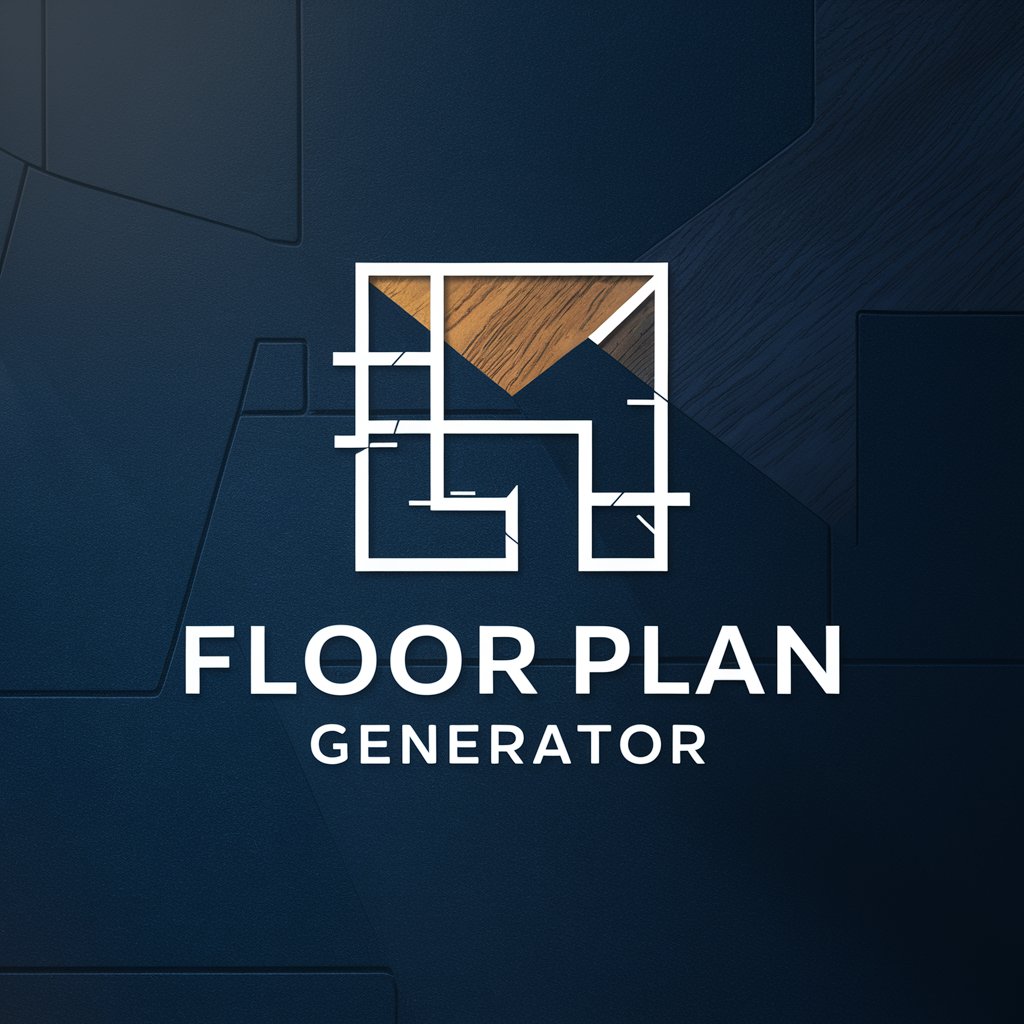
House Architect
AI-powered Architectural Realism
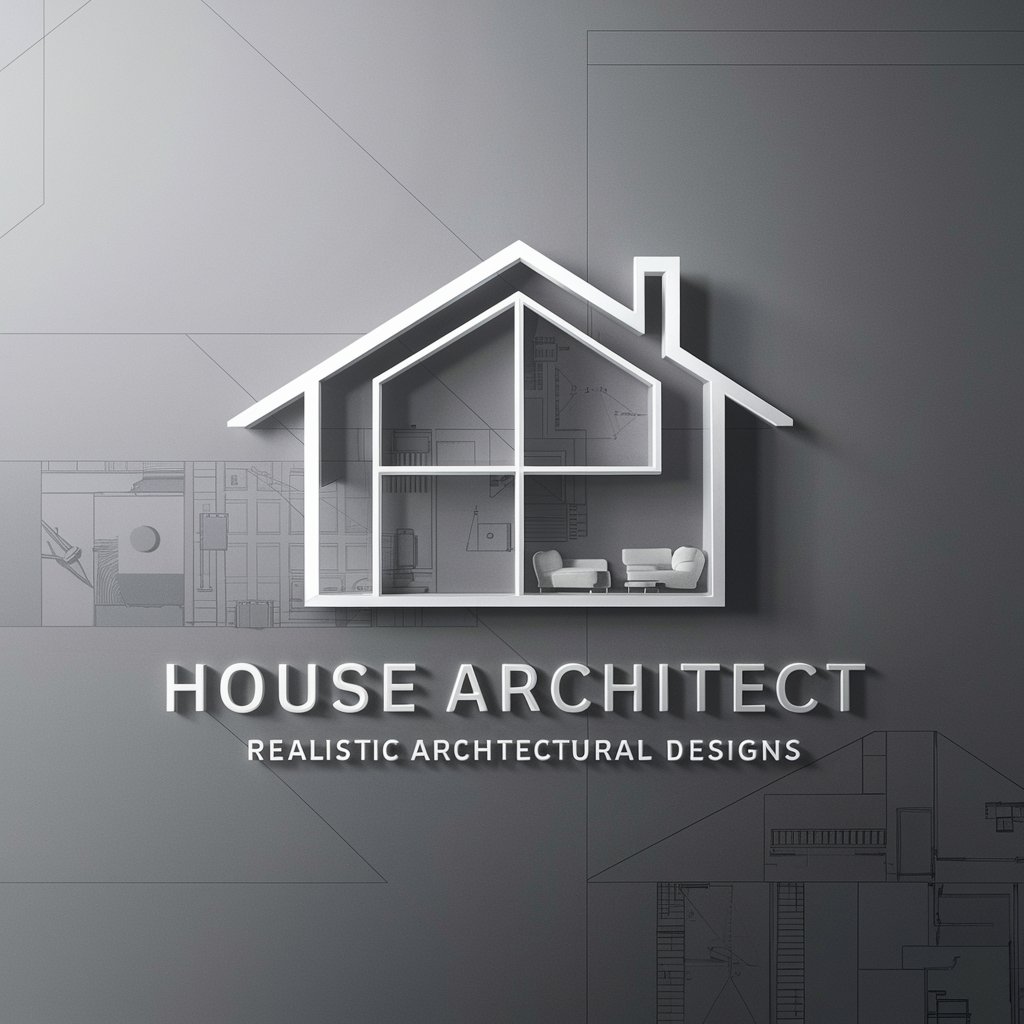
Floor Plan Creator
AI-powered 2D floor plans for everyone

Home Interior Design Ideas
AI-powered room design made simple

Arquitecto Virtual GPT
AI-driven designs for custom architecture

装修智友
Transforming Spaces with AI
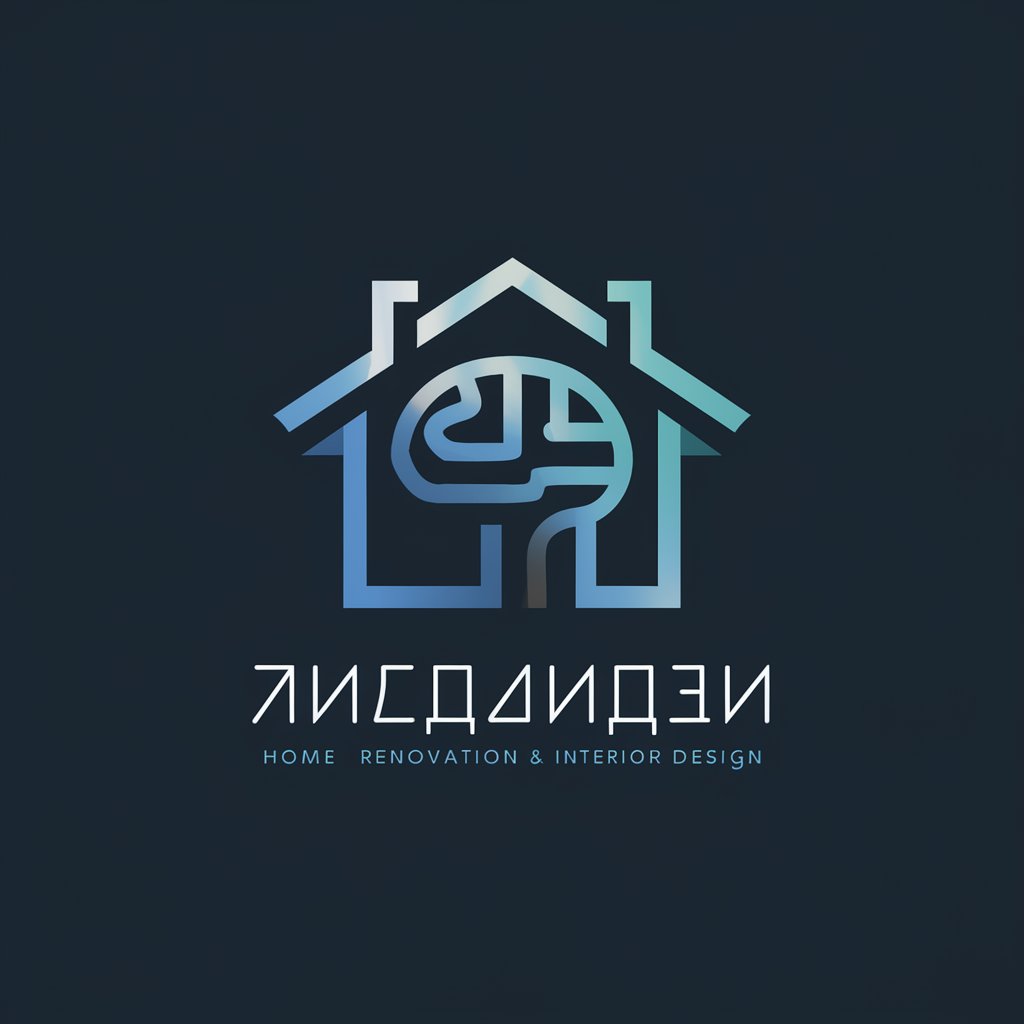
Vastu Shastra
Harmonize Spaces with AI-Powered Vastu

椰在装修
Revolutionize Home Improvement with AI

Vastupedia
Harmonize Your Space with AI-Powered Vastu Insights

Asistente DreamHouse
Envision your dream home exterior with AI
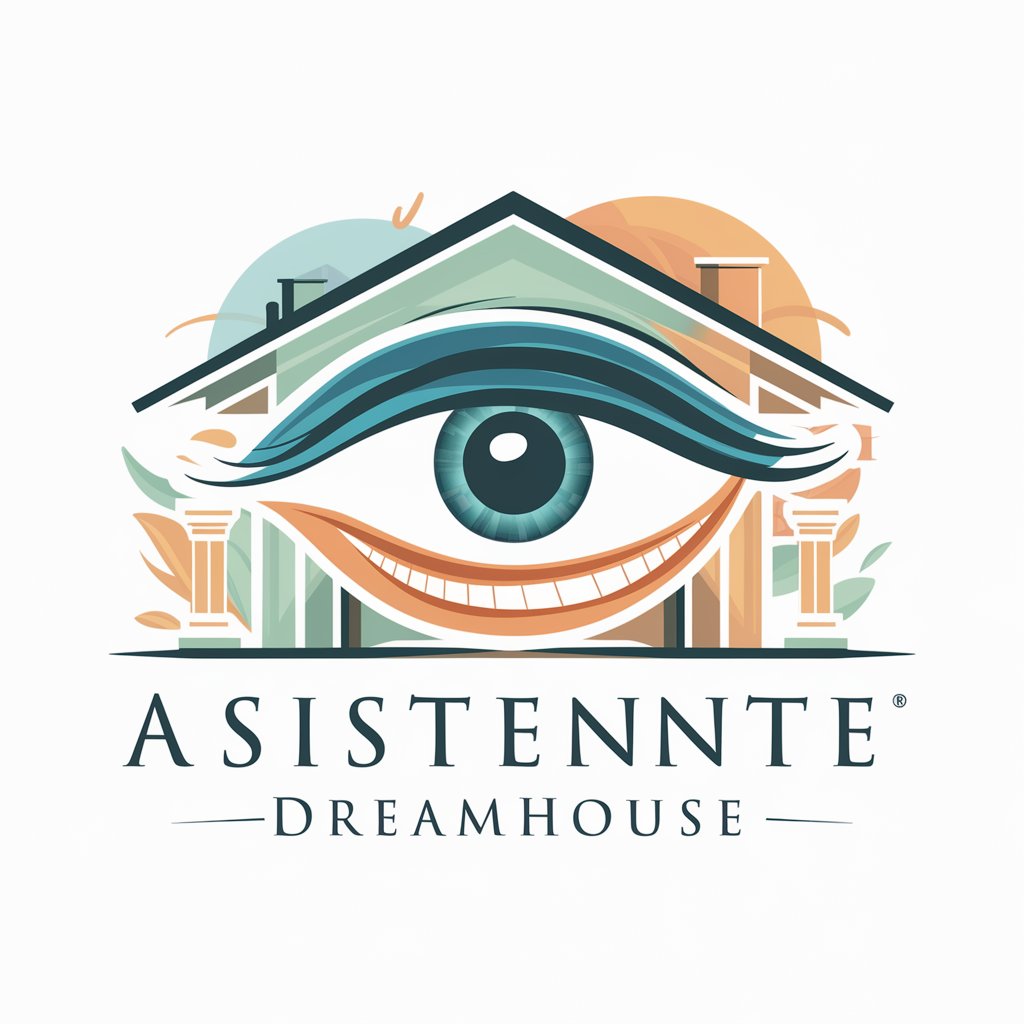
Dream Home Designer
Design, Visualize, and Find Your Dream Home with AI
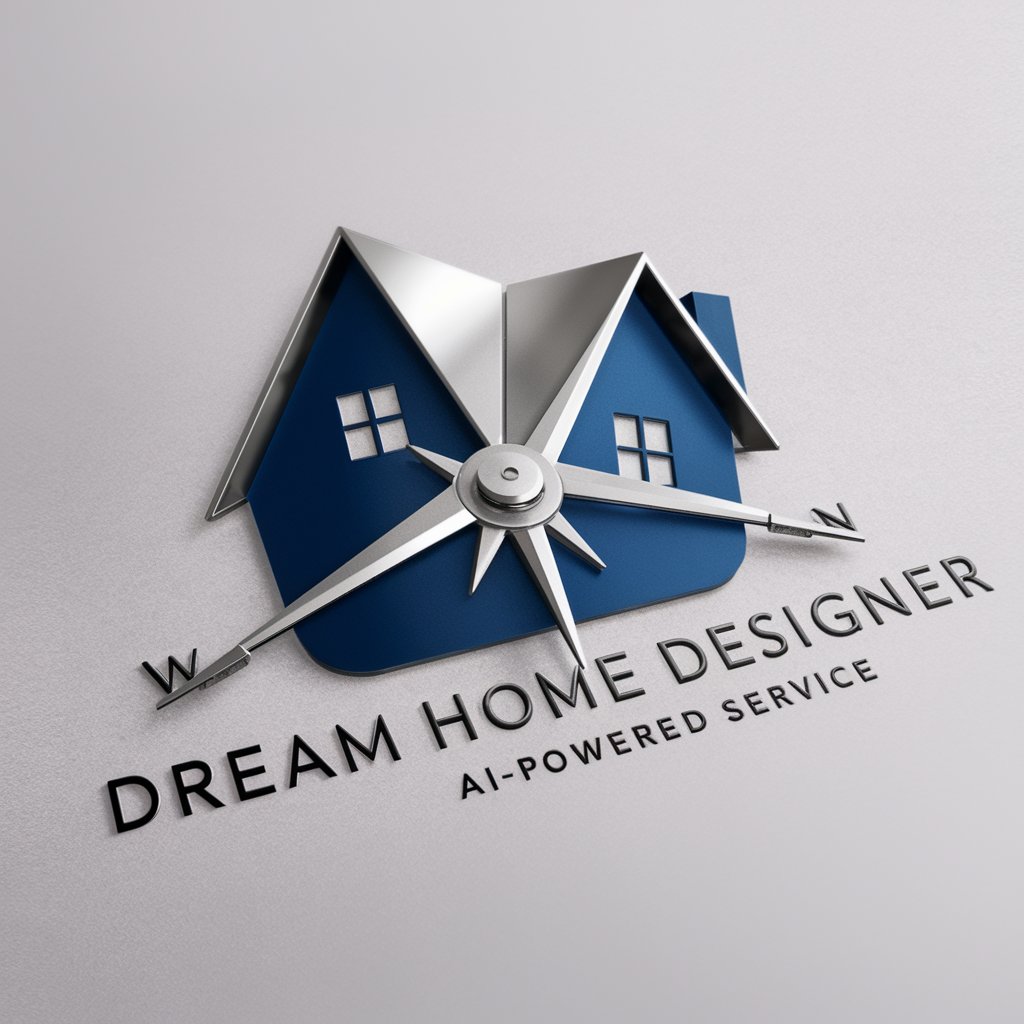
Eco Architect
Design Green Homes with AI Power
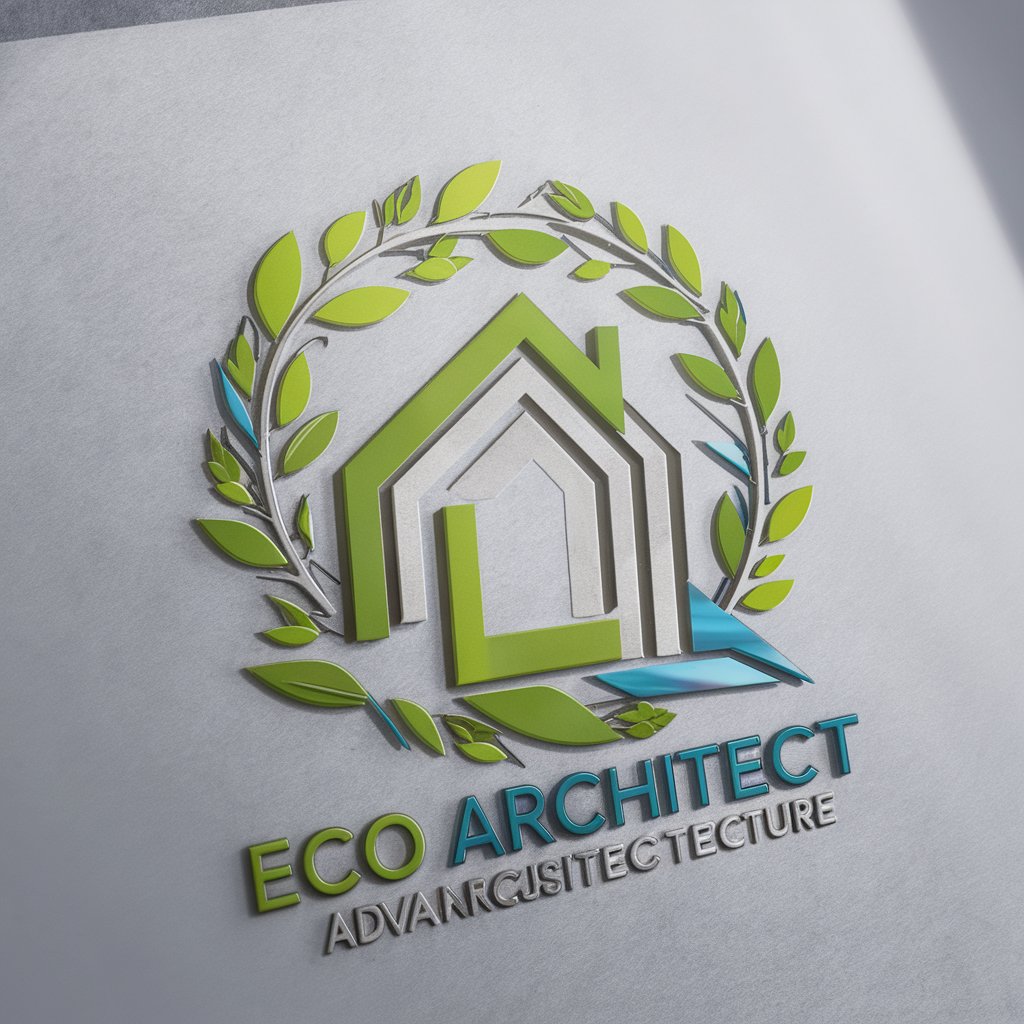
Blueprint Buddy
Crafting Your Space with AI Precision

Serenity Architect
Designing Peaceful Spaces with AI
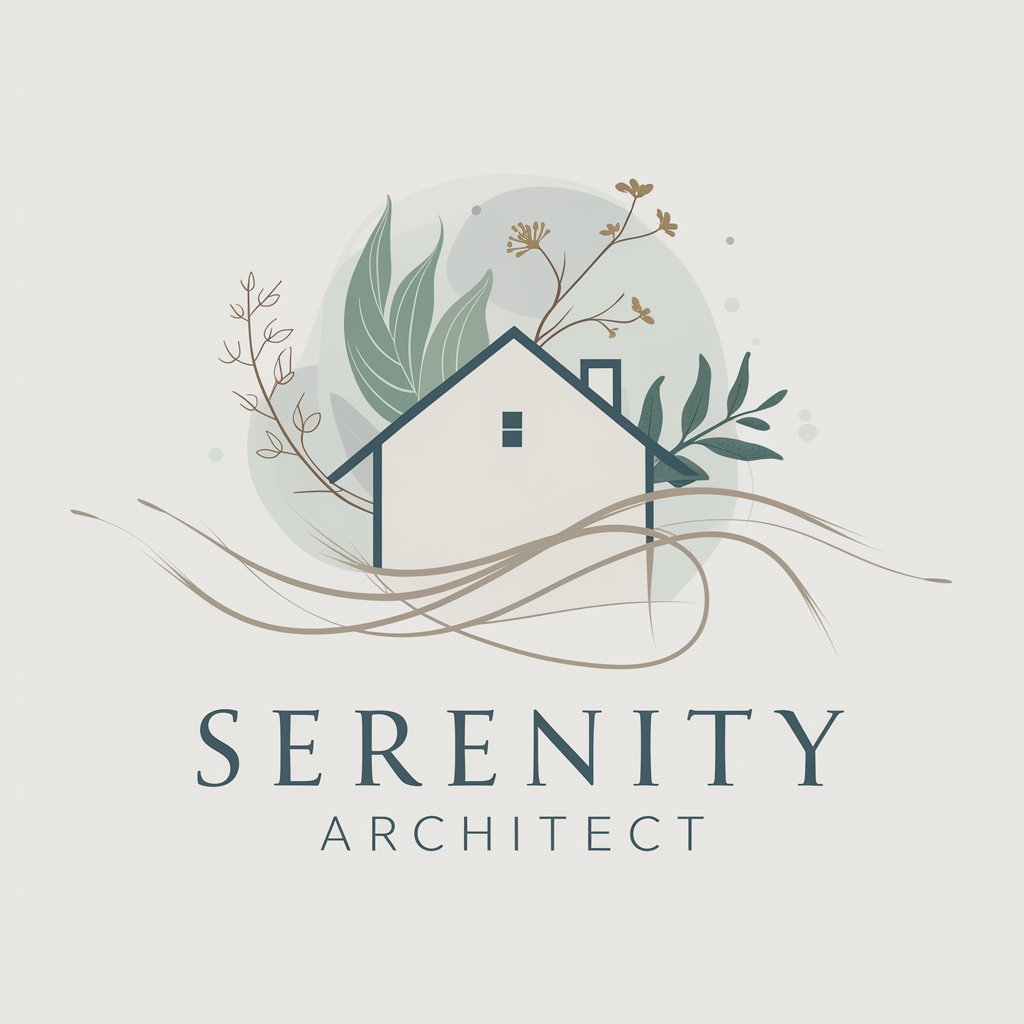
Architect Drafter
Design Your Space with AI
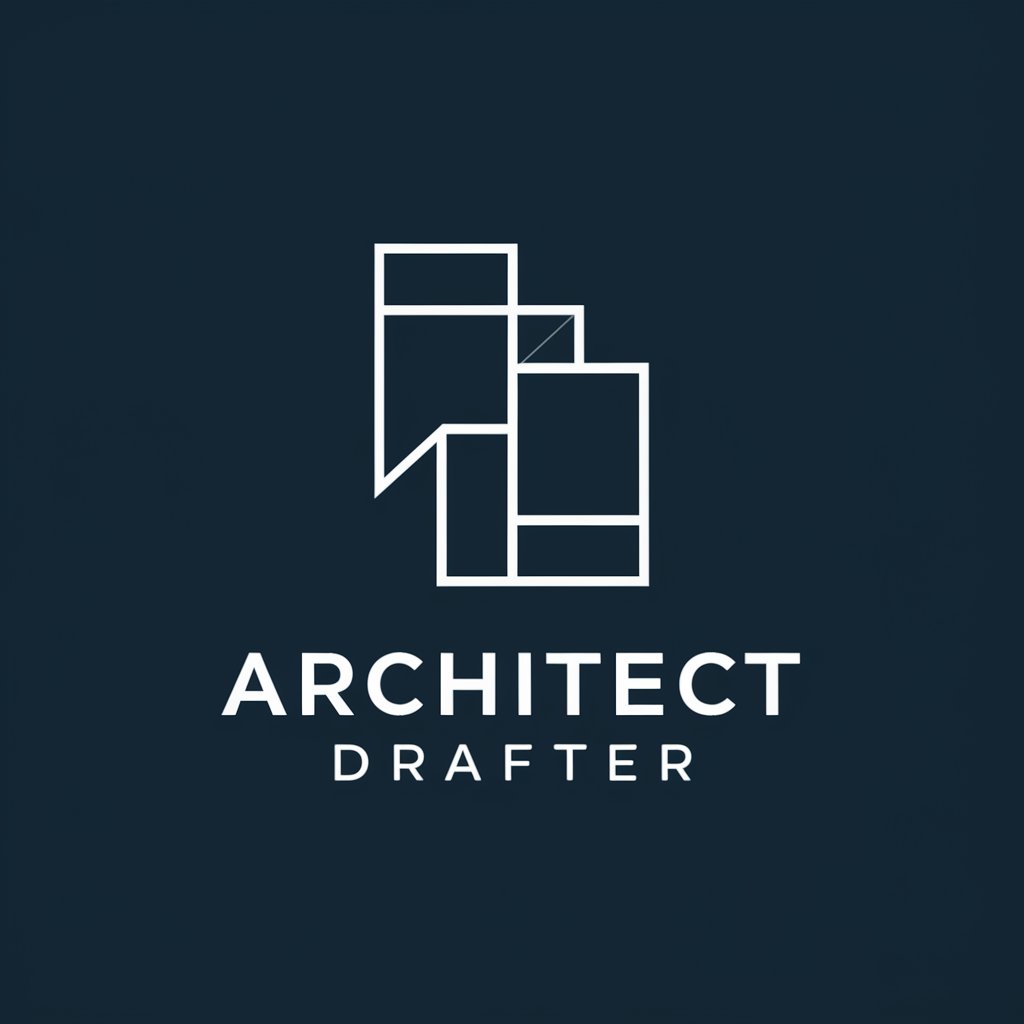
🏠 Daisy Designs lv3.2
AI-powered Custom Home Design
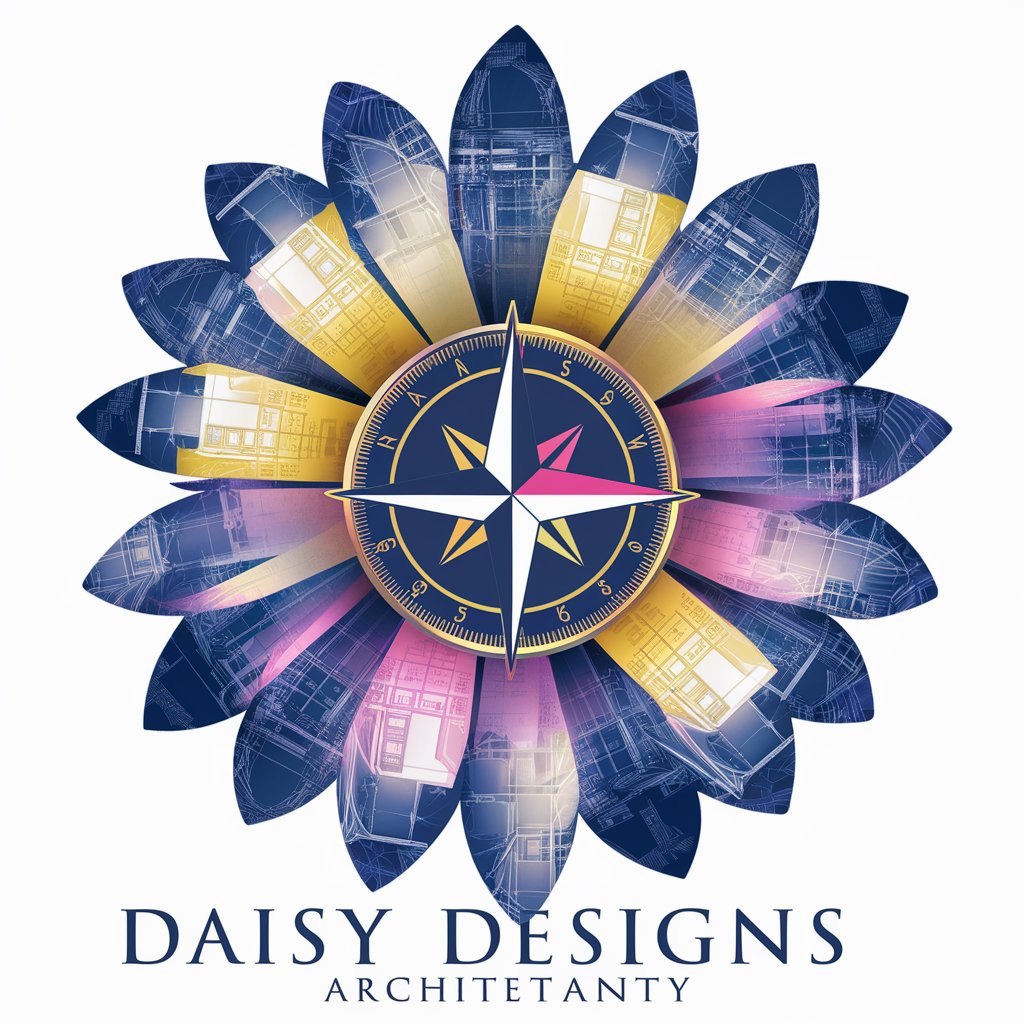
Vastu Sage
Harmonize Spaces with AI-powered Vastu Expertise

Feng Shui Visionary
Harmonize Your Space with AI

Vastu Shastra
Empower Your Space with AI-driven Vastu

Habitat Sketcher
Design your dream home with AI.
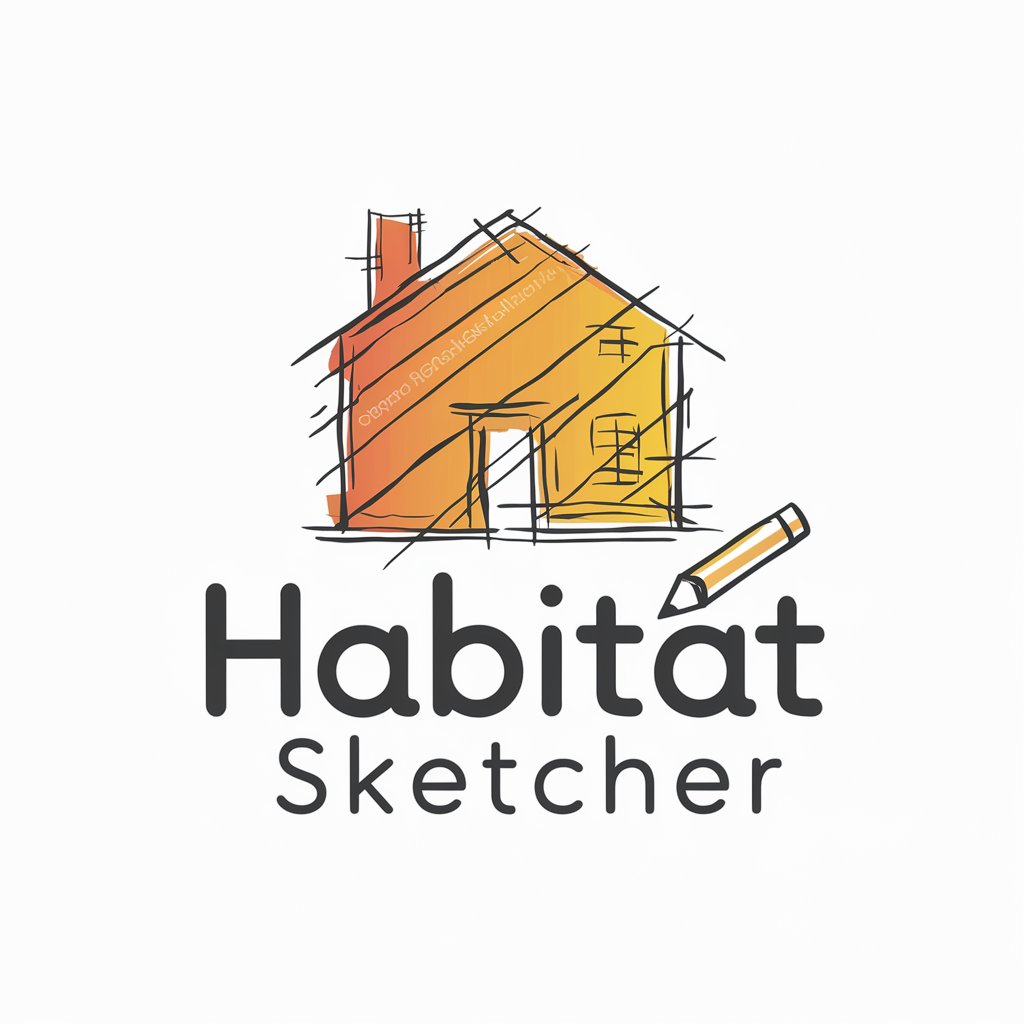
Artistic Architect
Bring your home designs to life with AI.
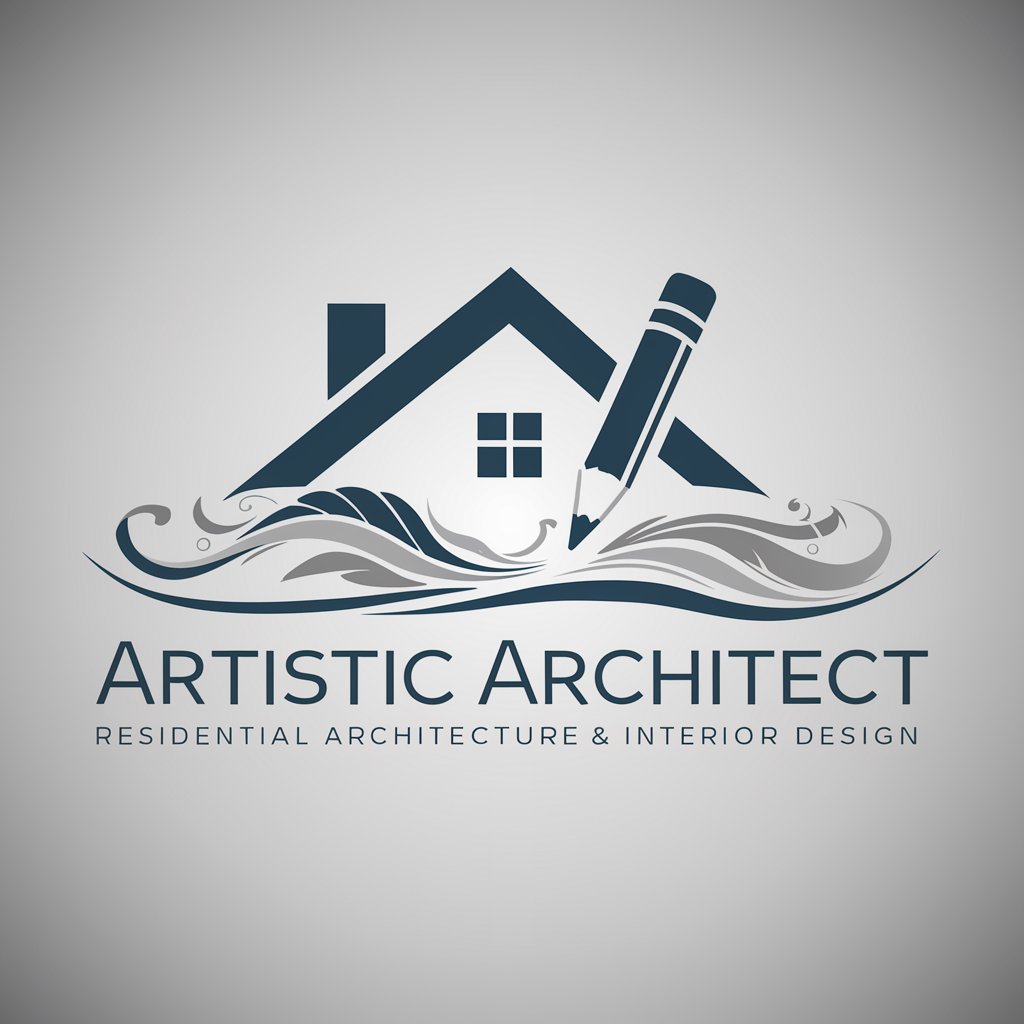
居美家
Envision Your Space, Powered by AI
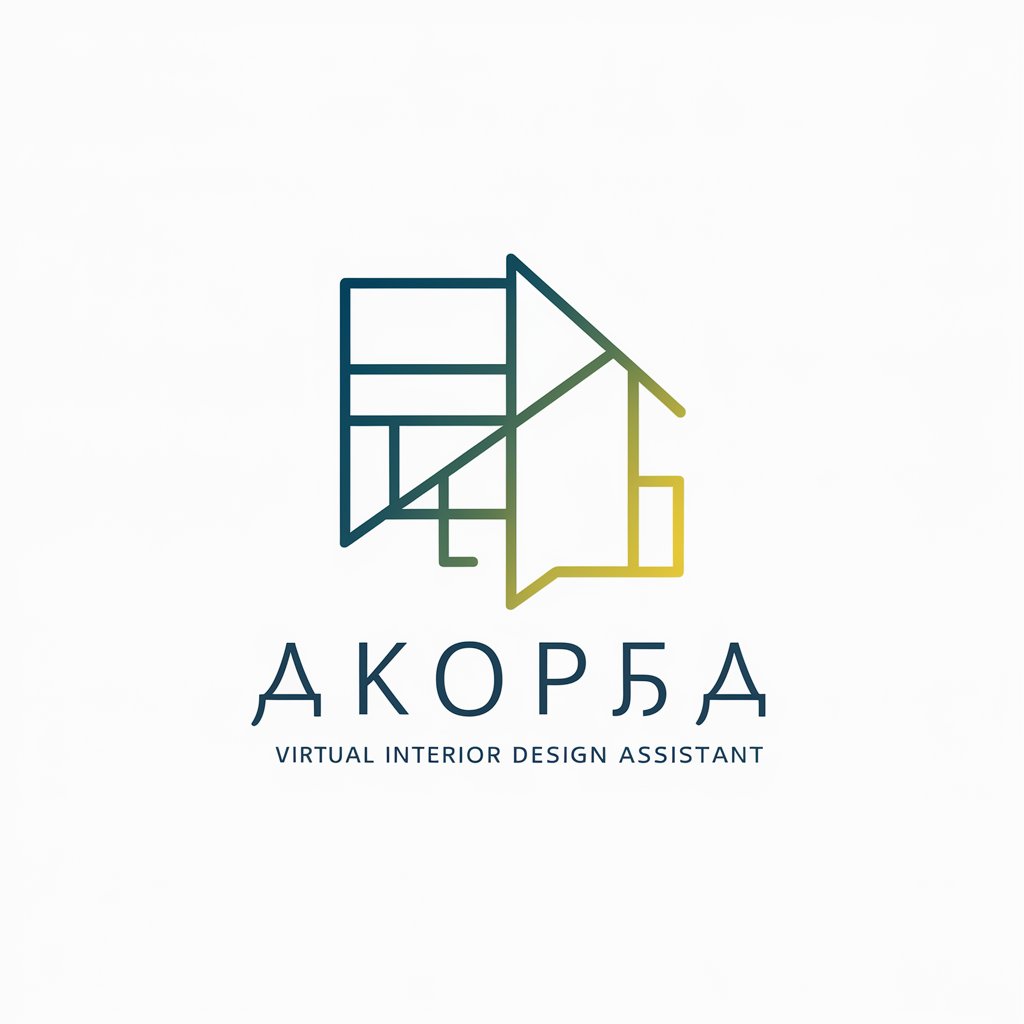
Key Attributes of Home Design AI Tools
AI GPTs tools for Home Design stand out due to their adaptability across various tasks, from generating design ideas to creating detailed project plans. They can interpret and generate natural language instructions, offer technical support, perform web searches for the latest trends, and even create realistic images of potential home designs. A notable feature is their ability to learn from interactions, improving their suggestions over time. These tools also support data analysis, helping users understand space utilization and design effectiveness.
Who Benefits from Home Design AI?
AI GPTs tools for Home Design are beneficial for a wide range of users, including home design novices seeking inspiration, developers creating home design apps, and professionals in the interior design field looking for efficient planning tools. They are accessible to those without programming skills, offering user-friendly interfaces, while also providing extensive customization options for those with coding knowledge, making these tools versatile for various needs.
Try Our other AI GPTs tools for Free
Custom Builds
Explore how AI GPTs for Custom Builds revolutionize custom software development with adaptable, tailored solutions for professionals and novices alike.
Local Compliance
Discover AI-powered GPT tools designed for Local Compliance, offering adaptable, real-time solutions to navigate and adhere to regulations effortlessly.
Formal Grammar
Discover AI GPTs for Formal Grammar: tailored AI solutions revolutionizing language analysis and generation, perfect for learners, developers, and professionals.
Professional Vocabulary
Explore AI GPT tools tailored for Professional Vocabulary, designed to enhance communication and knowledge in specific fields with advanced, context-aware AI language models.
Book Swapping
Discover how AI GPTs for Book Swapping are transforming the way readers discover, share, and enjoy books with personalized recommendations and streamlined swap logistics.
Friend Meeting
Explore AI GPT tools designed for enhancing friend meetings, offering personalized planning, conversation support, and innovative social solutions.
Expanded Horizons with AI in Home Design
AI GPTs tools are transforming the home design sector by offering customized solutions that cater to individual user needs. Their user-friendly interfaces ensure that even novices can easily navigate through the design process, while their integration capabilities mean they can enhance existing workflows, making design more efficient and personalized than ever before.
Frequently Asked Questions
What are AI GPTs tools for Home Design?
AI GPTs for Home Design are intelligent systems designed to assist in the home design process, offering personalized solutions based on user input.
How do AI GPTs understand design preferences?
These tools use natural language processing to interpret user instructions and preferences, allowing for conversational interaction to define design goals.
Can these tools create visual designs?
Yes, they can generate realistic images or renderings of potential home designs based on the input specifications.
Do I need coding skills to use these tools?
No, these tools are designed to be user-friendly and accessible without requiring programming knowledge.
How can professionals benefit from these tools?
Professionals can streamline the design process, access technical support, and utilize data analysis for space planning and design effectiveness.
Are these tools adaptable to different design styles?
Yes, they can adapt to various design styles, learning from user preferences and industry trends to suggest personalized design solutions.
Can AI GPTs for Home Design integrate with existing systems?
Many of these tools offer API access or other integration methods, allowing them to be incorporated into existing design software or workflows.
What makes these tools different from traditional design software?
Their ability to understand natural language, learn from interactions, and provide personalized, adaptive design solutions sets them apart from traditional software.